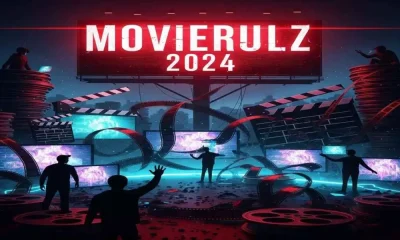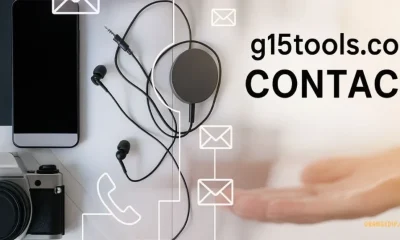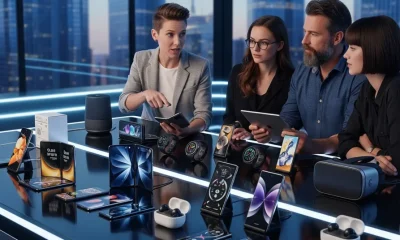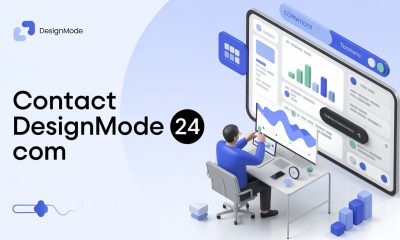Articles
How Medical Illustrations and Animations Transform Healthcare

Medicine is built on precision, but precision often comes with complexity. Explaining anatomy, surgical techniques, or molecular pathways in words alone can leave gaps in understanding. That is where medical illustrations and animations play a vital role. By combining scientific accuracy with visual clarity, they translate the language of medicine into forms that students, professionals, and patients alike can understand.

Medical Illustrations: Precision on Paper and Screen
Medical illustrations have long been integral to the teaching and practice of medicine. Unlike photographs, which capture every detail indiscriminately, illustrations emphasize what is most important. A drawing of the human heart, for instance, can highlight arterial pathways while omitting unrelated structures, allowing the viewer to focus on the essential.
These visuals serve multiple audiences. For students, illustrations simplify complex anatomy into organized visuals that build foundational knowledge. For surgeons, detailed drawings of procedures act as valuable references for planning and practice. For patients, simplified diagrams explain conditions or treatments in a way that fosters trust and informed decision-making.
Medical illustrations are also indispensable in academic publishing. They help present discoveries clearly, enabling readers to grasp findings quickly. In public health, they have been used to illustrate disease mechanisms and preventive measures, making crucial information accessible to a broad audience.
Medical Animations: Bringing Processes to Life
Where illustrations freeze a moment, animations bring medical science into motion. Dynamic visuals reveal processes that cannot be captured by still images. For example, an animation can show how a drug interacts with receptors at the molecular level, or how a surgical device navigates the body during a procedure.
In medical education, animations provide immersive learning experiences. They allow students to visualize blood flow, neural activity, or cellular processes in real time, deepening comprehension. In clinical practice, animations can demonstrate treatment plans to patients, improving communication and reducing anxiety. For researchers, they provide tools to model hypotheses and present results in ways that resonate across disciplines.
Applications Across Healthcare
The applications of medical illustrations and animations are vast:
- Education and Training: Medical schools use them extensively to teach anatomy, physiology, and pathology. Animations of surgical procedures prepare students and residents for real-world practice.
- Patient Communication: Visual aids help explain diagnoses and treatments, ensuring that patients fully understand their conditions and options. This supports shared decision-making and builds confidence in care.
- Research and Academia: Graphical abstracts and animated models communicate findings effectively, helping researchers share insights beyond their specialties.
- Pharmaceutical Industry: Drug development companies use animations to show mechanisms of action to regulators, healthcare providers, and even patients, bridging the gap between laboratory science and clinical application.
- Public Health Campaigns: Clear illustrations and animations have proven powerful in educating the public about disease prevention, vaccination, and healthy living.
Emerging Innovations in Medical Visualization
Advances in digital tools are expanding the reach and impact of medical visuals. Three-dimensional rendering and high-definition graphics have raised the standard of clarity and realism. Virtual reality (VR) and augmented reality (AR) now enable immersive training, allowing medical students to practice surgery in simulated environments.
Artificial intelligence is being integrated to generate accurate models quickly from imaging data, accelerating the process of creating medical animations. Interactive applications let learners and patients manipulate visuals themselves, turning passive observation into active engagement.
Another trend is cinematic medical visualization, which incorporates storytelling and artistic design to make scientific accuracy emotionally engaging. This combination of rigor and artistry ensures that medical concepts resonate with diverse audiences.
The Intersection of Art and Medicine
At the core of medical illustration and animation lies collaboration. Medical professionals provide scientific expertise, while artists bring design skills and storytelling ability. Together, they create tools that are not only accurate but also approachable.
These visuals highlight the human side of medicine. By making knowledge understandable, they help reduce fear, build empathy, and foster a sense of connection between healthcare providers and patients.
Conclusion
Medical illustrations and animations are indispensable in today’s healthcare ecosystem. They simplify the complex, visualize the invisible, and communicate across barriers of language and expertise. Whether used in classrooms, operating rooms, research labs, or public campaigns, they amplify understanding and build trust. As digital technology evolves, their role will only grow stronger—helping medicine become not only more precise, but also more human.
-

 Interview Preps5 months ago
Interview Preps5 months agoWhy Should We Hire You As A Teacher? Practical Answers
-

 Interview Preps5 months ago
Interview Preps5 months agoTop 35 Must Know Greggs Interview Questions & Expert Answers!
-

 Articles1 year ago
Articles1 year agoWhich Skills Are Needed To Work In The Nursery?
-

 Interview Preps4 months ago
Interview Preps4 months agoThe Most Common Questions For Aldi Video Interview
-

 Interview Preps5 months ago
Interview Preps5 months ago10 Most Common Competency Based Interview Questions





















































































































































